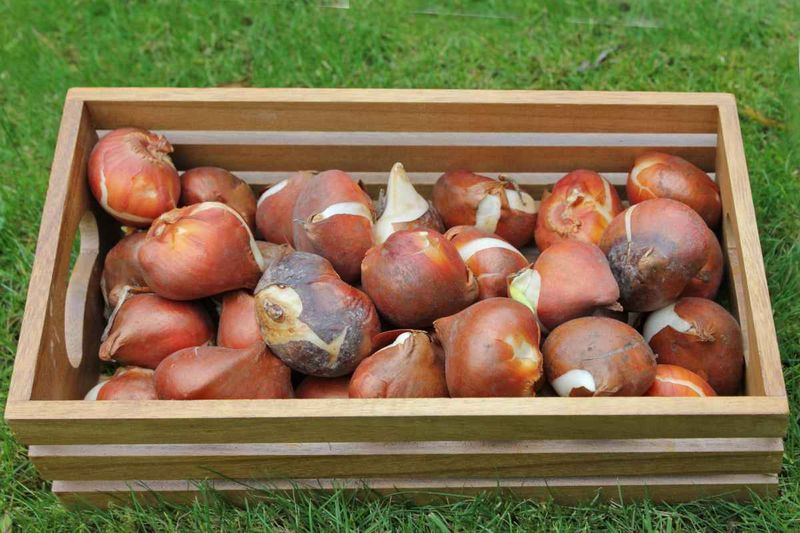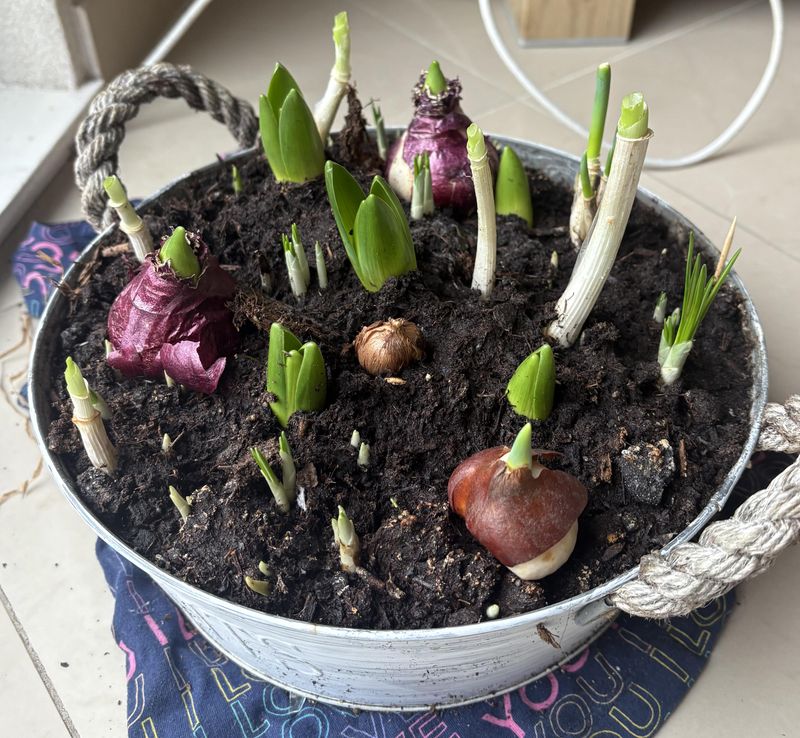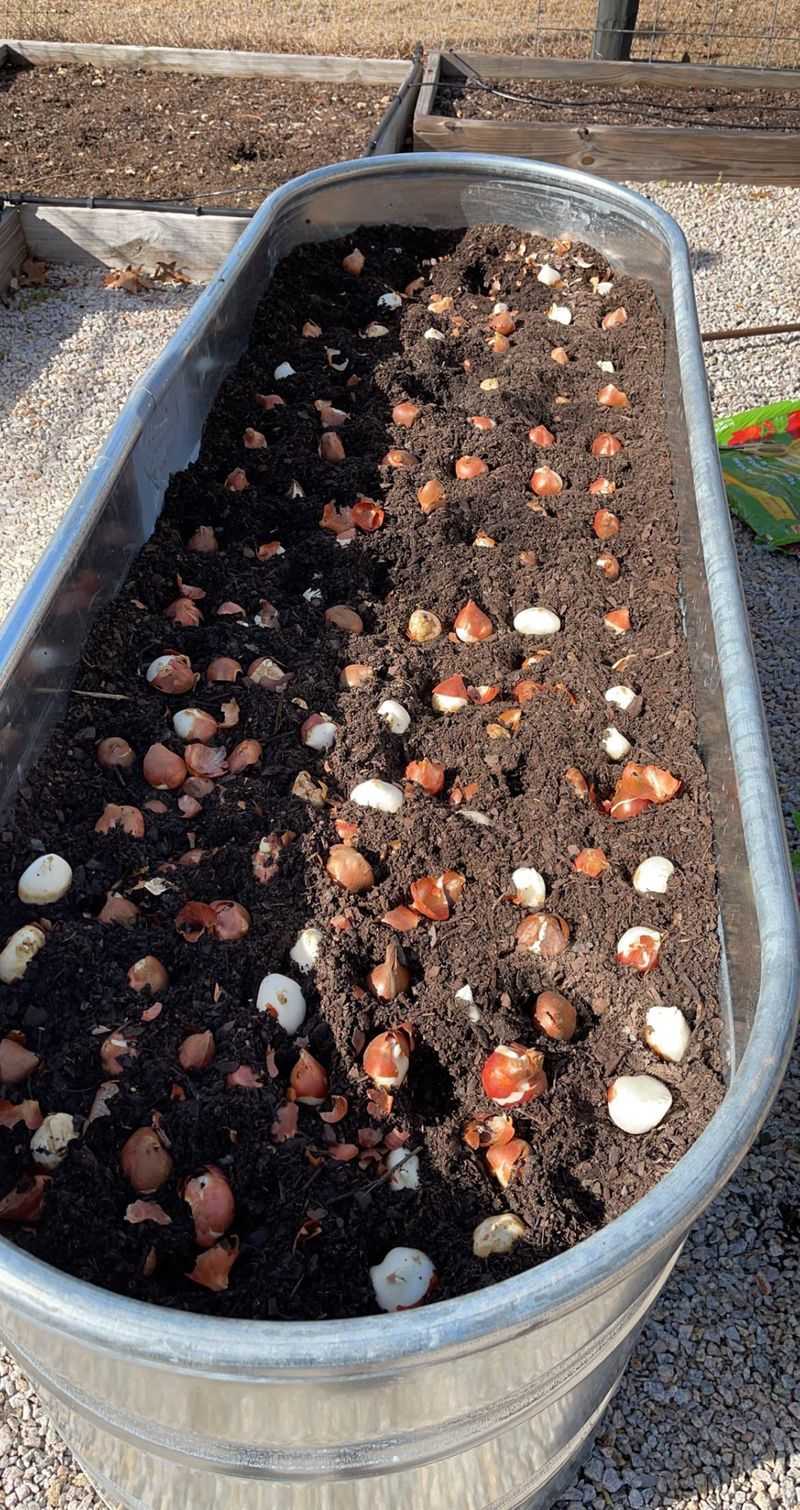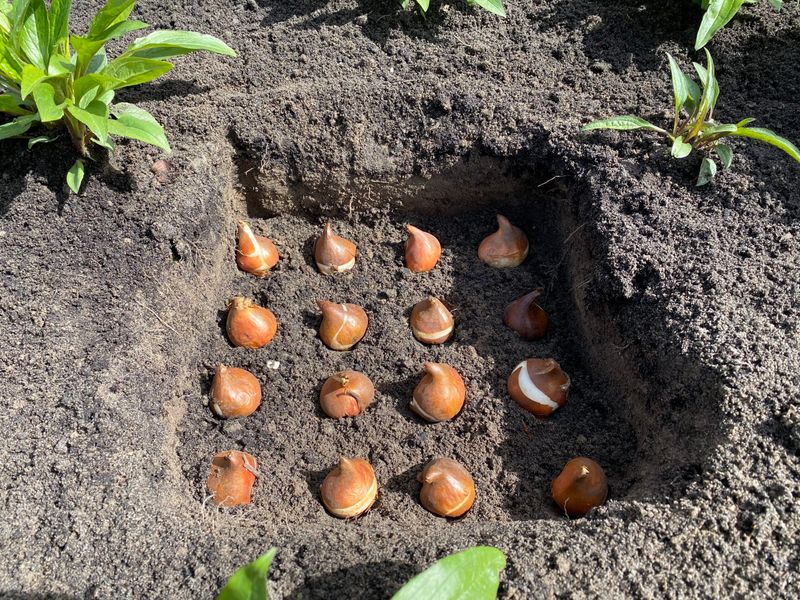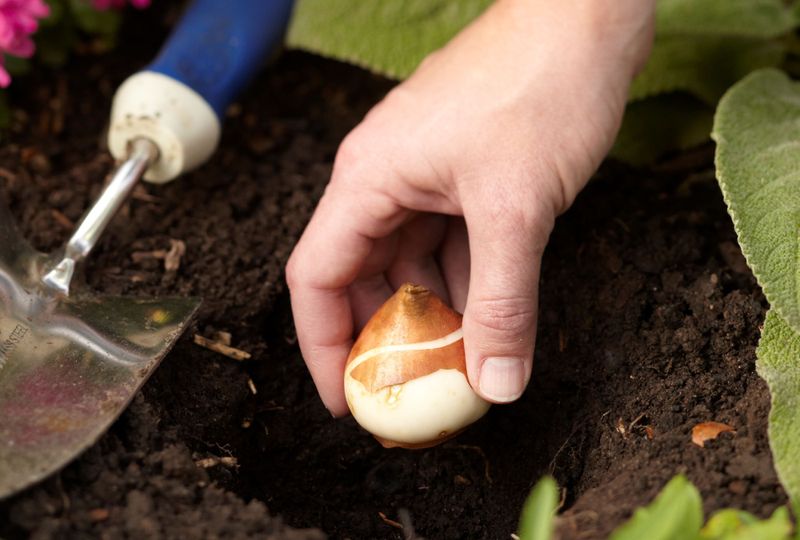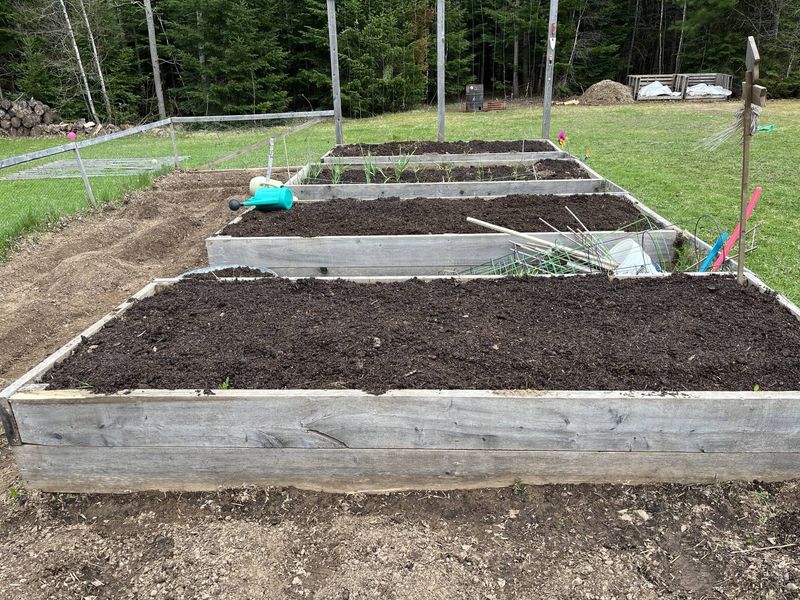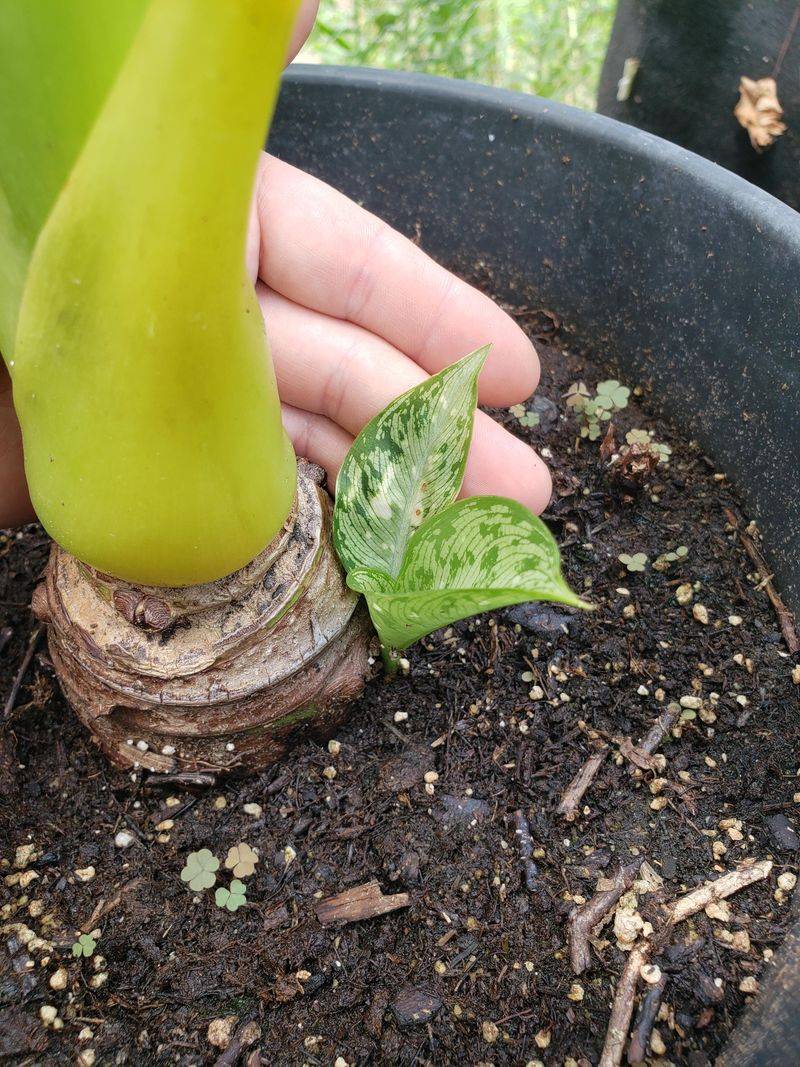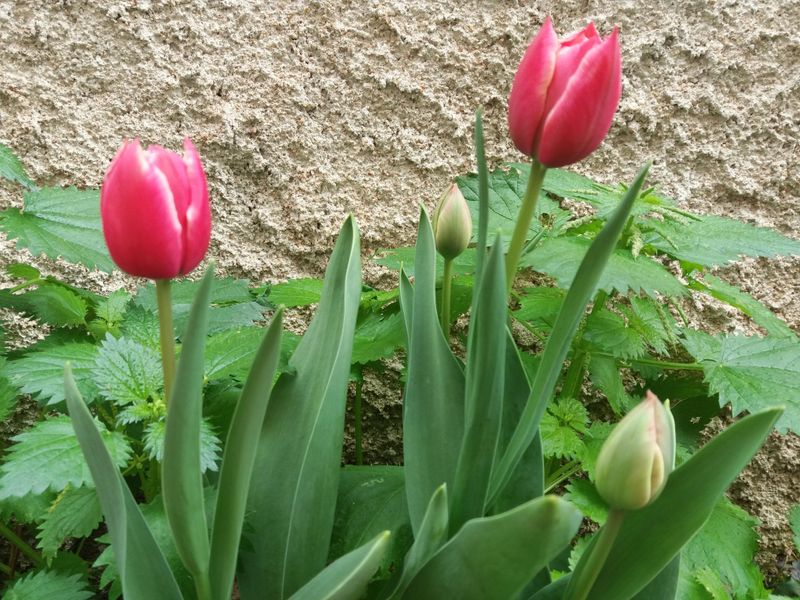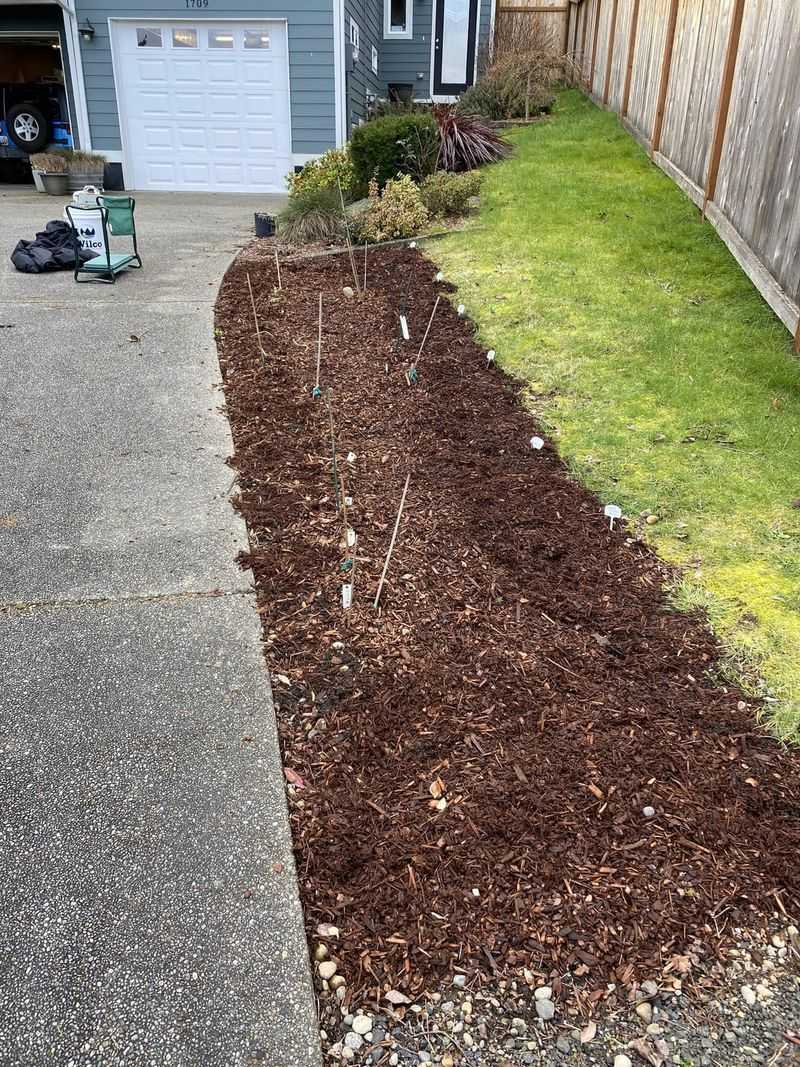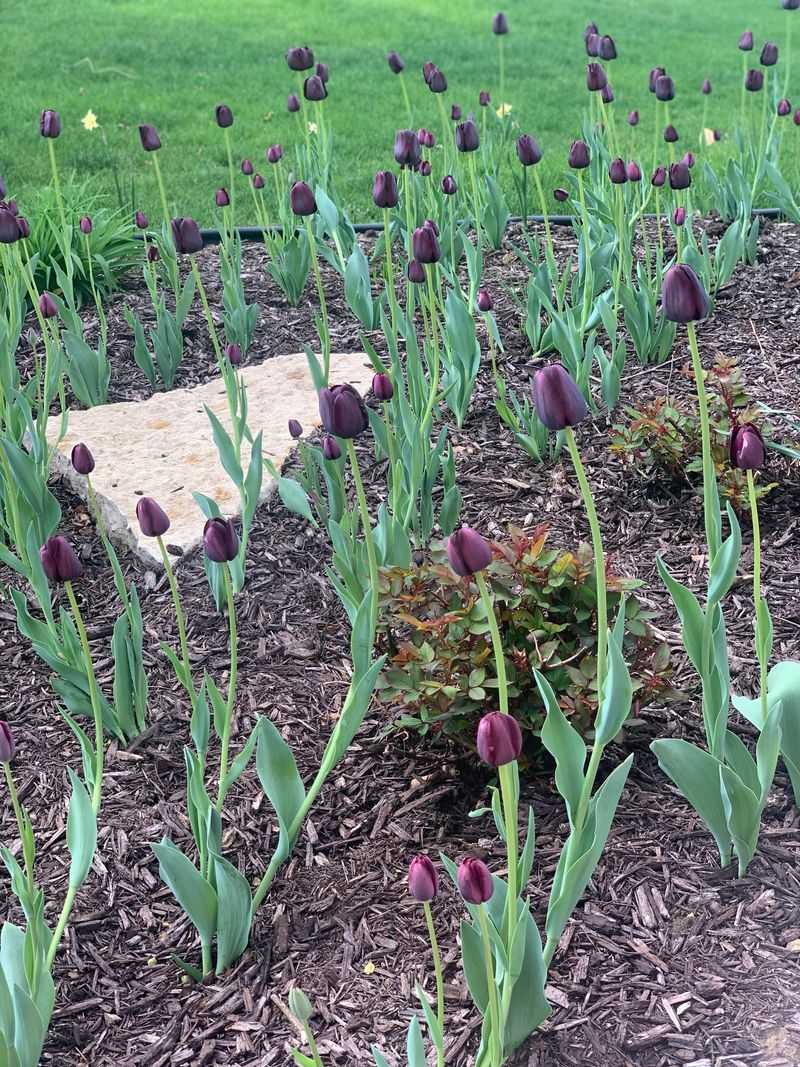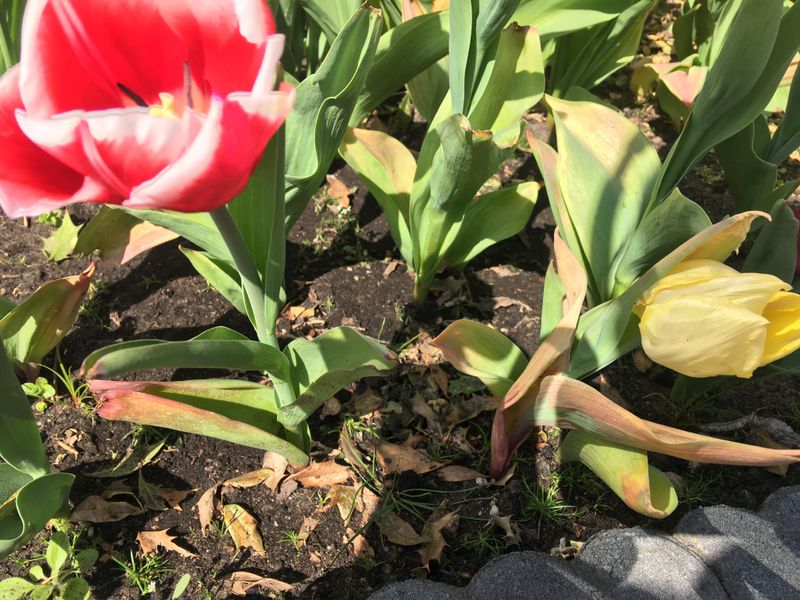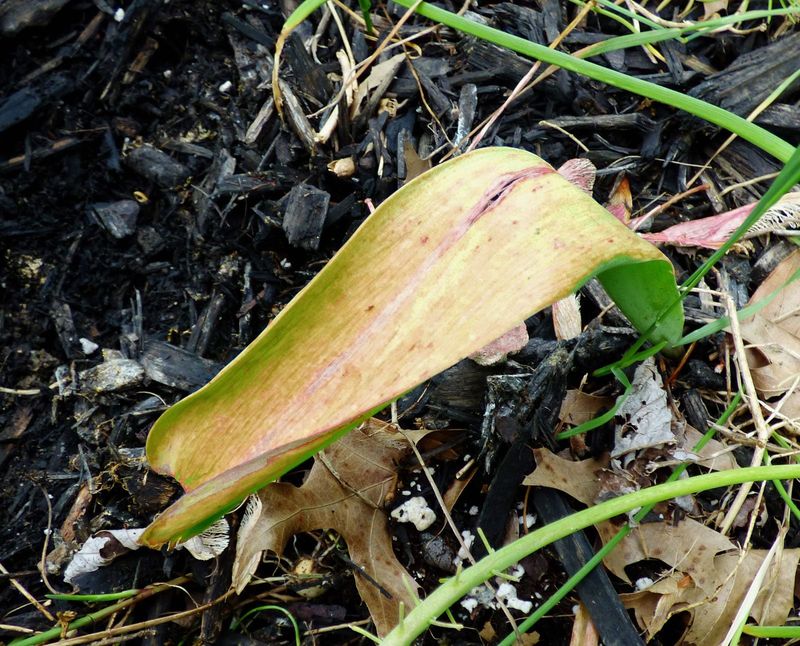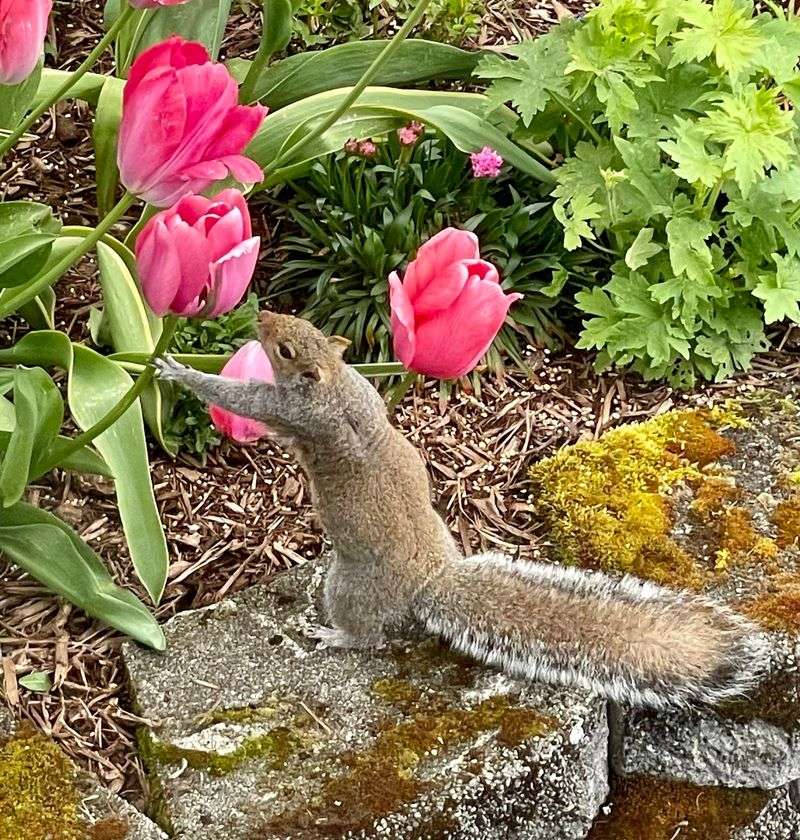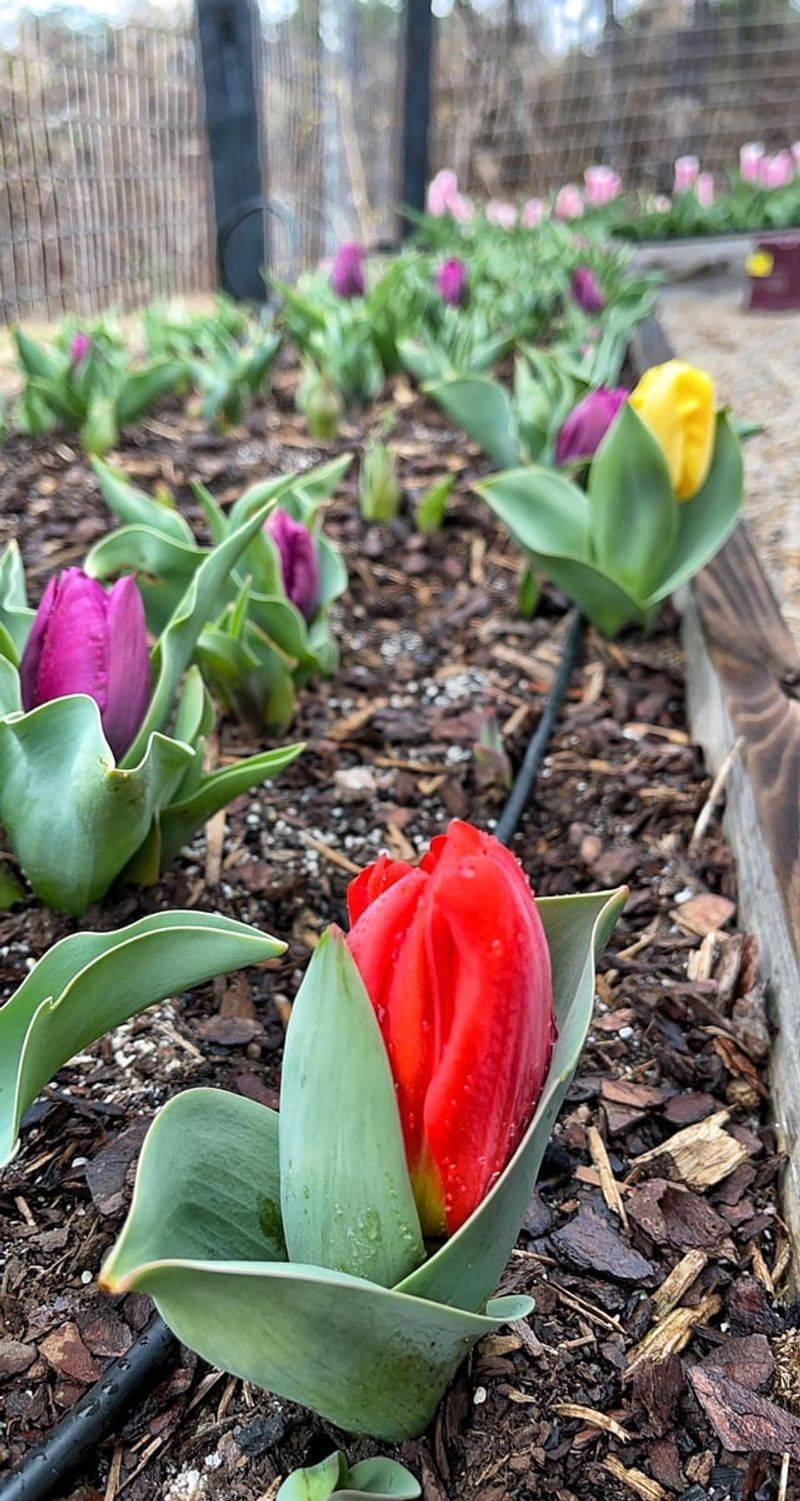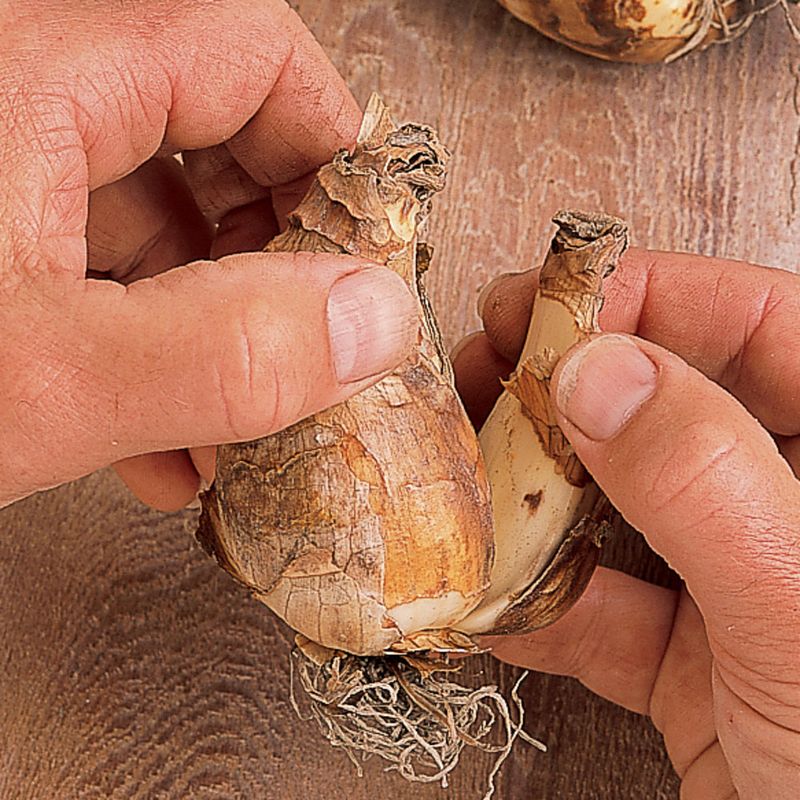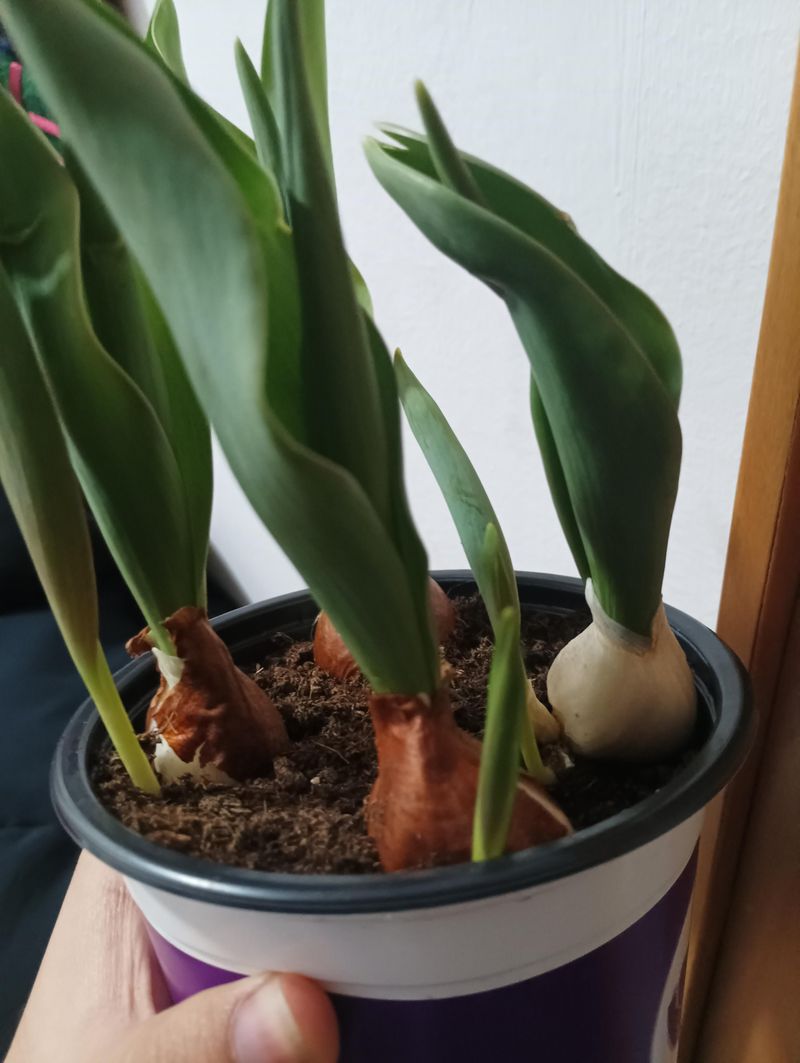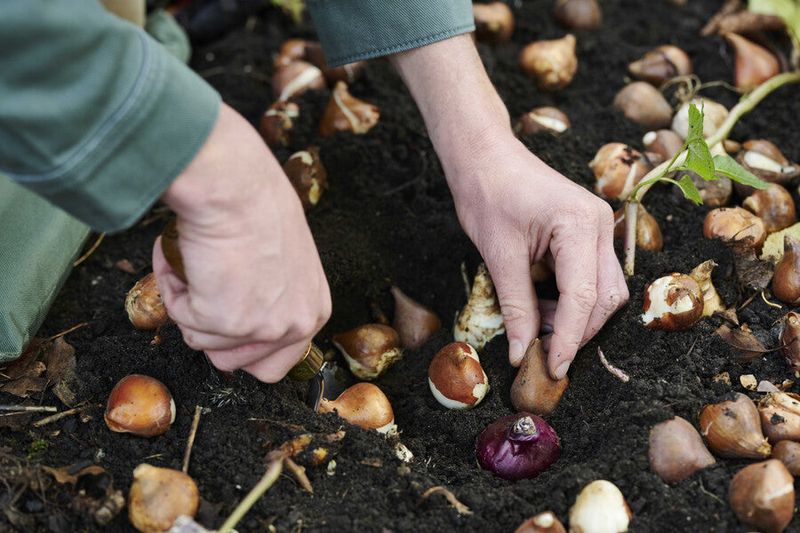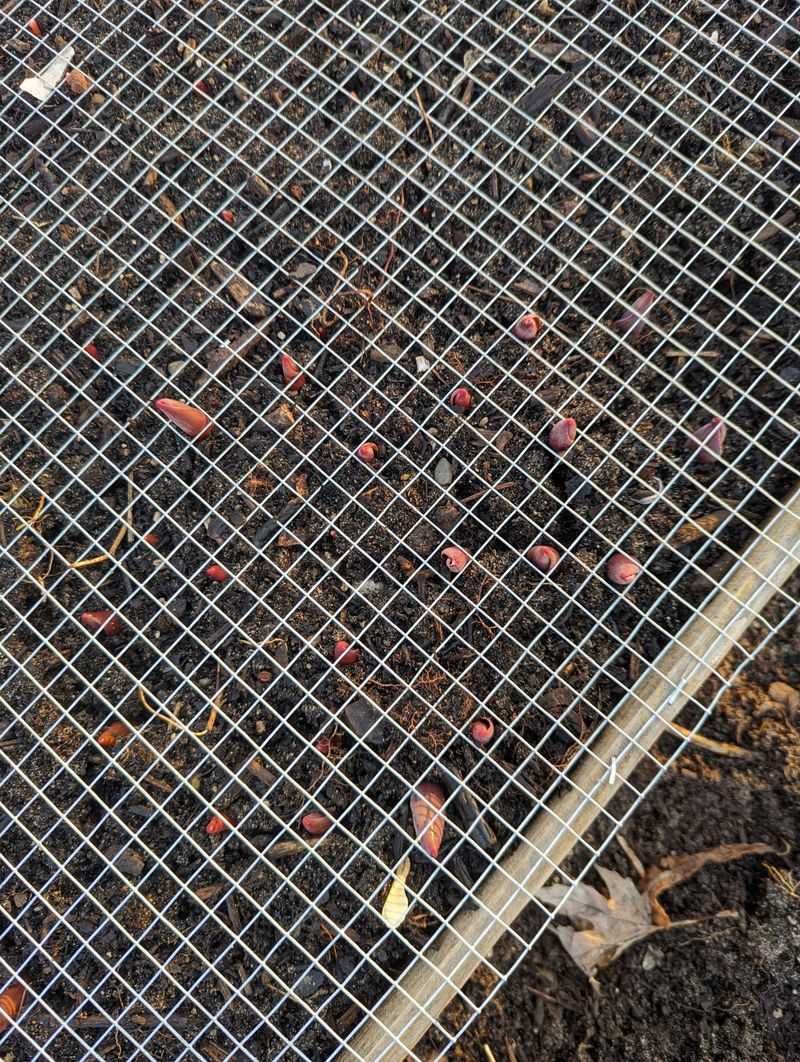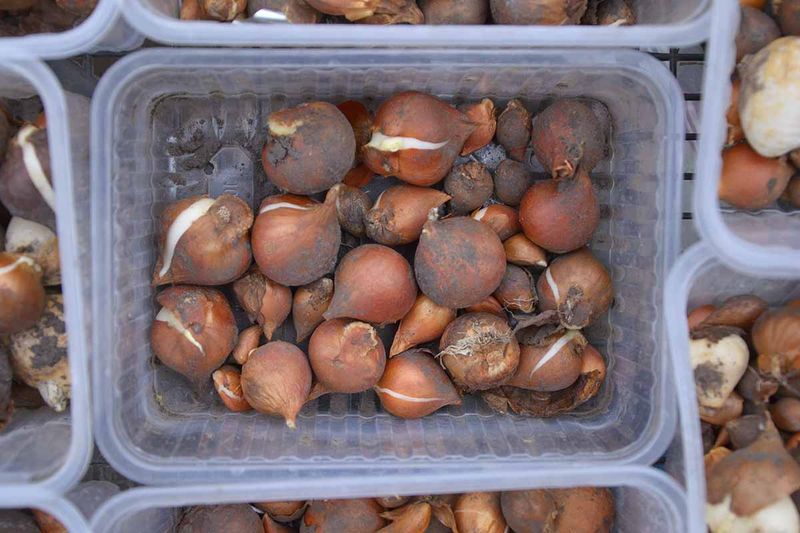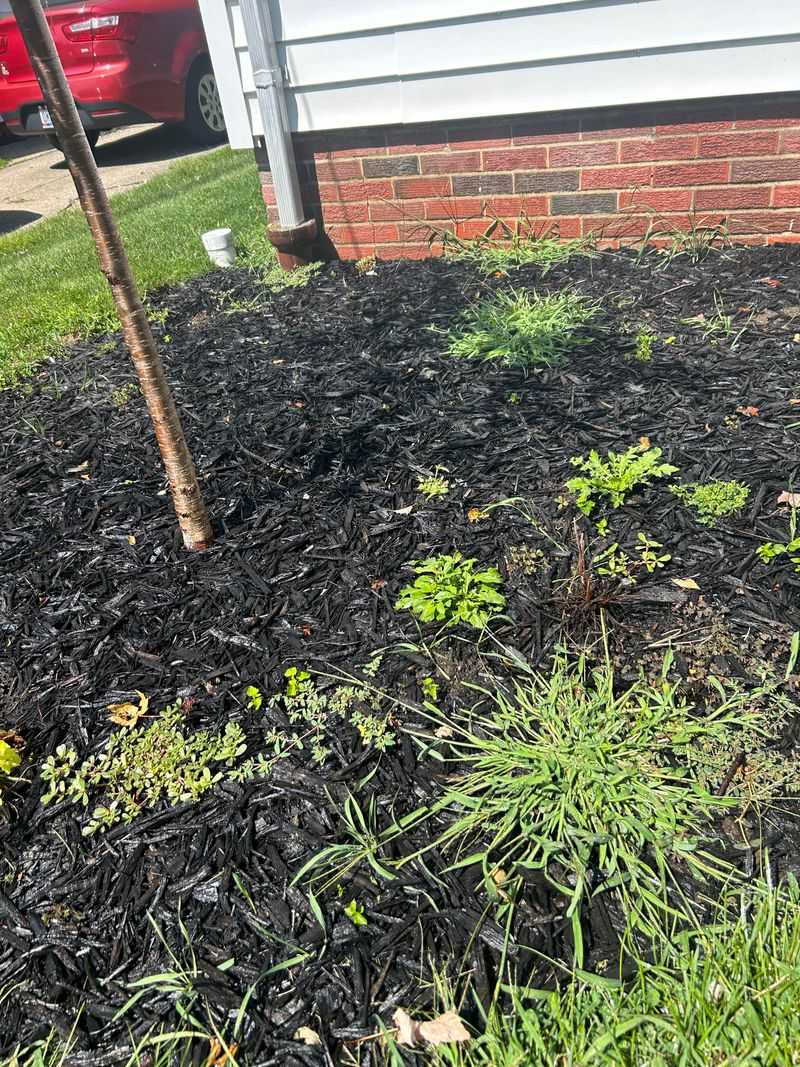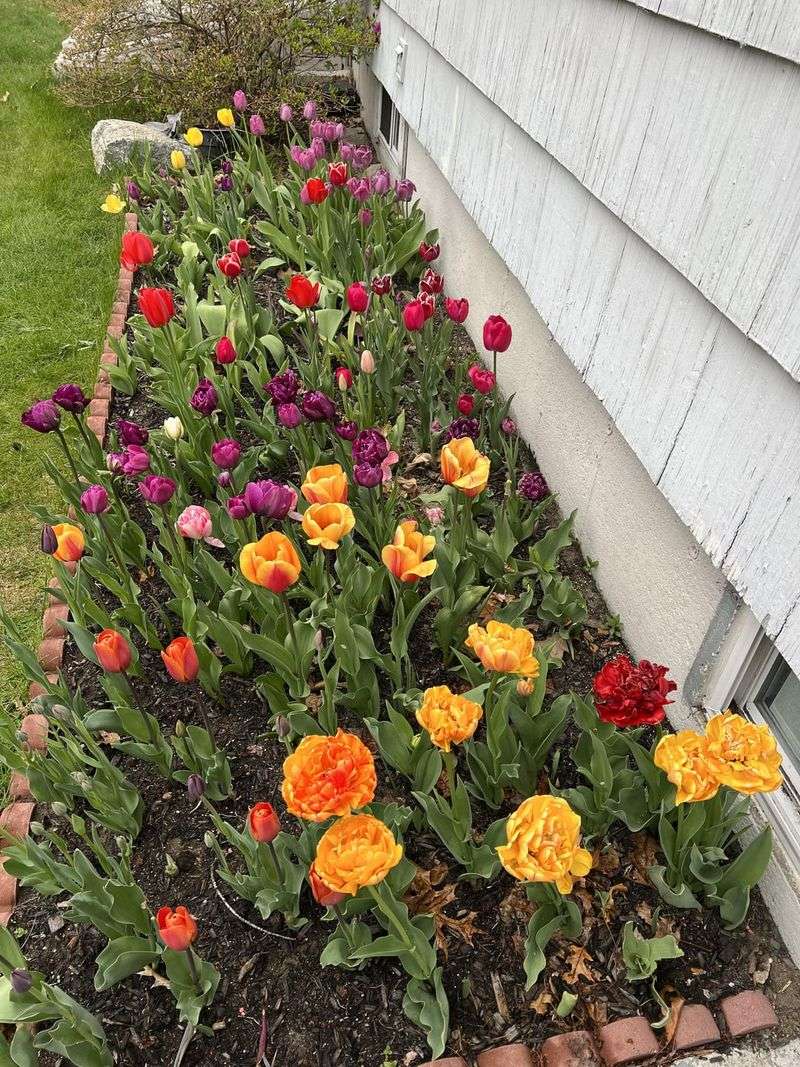Spring is the season of rejuvenation and color, and what better way to celebrate it than with a garden full of vibrant tulips! As a dedicated gardener, I’ve learned a thing or two about ensuring tulips not only bloom beautifully but also multiply for even more spectacular displays. Join me in this floral adventure as I share some tried-and-true tips to help your tulip bulbs thrive and multiply. With these insights, your garden will transform into a breathtaking tapestry of color, delighting the senses and bringing joy to every passerby.
1. Choose Healthy Bulbs
Start with the strongest foundation—plump, firm tulip bulbs free of mold or bruises. Healthy bulbs are the key to vibrant blooms and successful multiplication.
Skip any that feel soft or look damaged, as they may rot before ever taking root. Bigger isn’t always better, but density matters—go for bulbs that feel weighty for their size.
Think of it like choosing seeds for success: what you plant now sets the tone for seasons to come. The healthier the bulb, the more energy it has to multiply underground.
2. Plant In Well-Draining Soil
Tulips hate soggy feet, and well-draining soil is their best friend. Without proper drainage, bulbs rot fast, halting any chance of spreading or blooming.
Mix in sand or grit if your soil tends to hold water. Raised beds or sloped ground can also help water move away naturally.
When the roots can breathe, tulips focus their energy on growing and multiplying. Happy bulbs = more blooms, simple as that.
3. Use Raised Beds If Needed
If your garden stays wet or clay-heavy, raised beds are your tulip rescue plan. Lifting the soil gives you control over drainage and depth.
Tulips flourish when they aren’t drowning, and raised beds prevent that risk beautifully. You can customize the soil mix to be light, airy, and nutrient-rich.
Plus, they make planting and weeding a whole lot easier. Give your bulbs a cozy, elevated home—and watch them return in greater numbers.
4. Space Bulbs Properly
Crowding may look cute at first, but tulips need personal space to multiply underground. Too-close bulbs fight for nutrients, stunting both growth and reproduction.
Leave at least 4 to 6 inches between each bulb to allow air and root room. This breathing space helps them grow stronger and form offsets naturally.
Think of it like a social garden—everyone needs elbow room to thrive. Spacing now pays off in bigger, better clusters later.
5. Plant At Correct Depth
Too shallow, and tulip bulbs risk exposure and frost damage. Too deep, and they struggle to emerge come spring.
Aim for a depth that’s about three times the height of the bulb—usually around 6 to 8 inches. That sweet spot keeps them insulated and stable.
Proper depth also helps them form strong roots, which directly supports multiplication. Dig right, and you’re already halfway to a fuller bloom next season.
6. Water After Planting
Right after planting, tulip bulbs need a good drink to settle into their new home. Watering helps eliminate air pockets in the soil and starts the rooting process.
This first soak is crucial, especially if the ground is dry. You don’t need to drench the bed, just moisten it enough to give roots a head start.
That early hydration fuels bulb division and sets the tone for growth. Think of it as a gentle wake-up call before winter sleep.
7. Avoid Overwatering
Tulips prefer to stay on the dry side—too much water is their downfall. Overwatering causes rot, especially in low-light or cold conditions.
Once they’re planted and watered initially, let rain do the rest unless you’re in a drought. Always check that the soil is dry before watering again.
Too much love can actually stunt multiplication. When it comes to tulips, less is more.
8. Add Compost Or Organic Matter
A dose of compost gives tulip bulbs a boost of slow-release nutrients and better soil texture. Organic matter keeps the earth loose and breathable.
Mix it into your planting area before bulbs go in—not directly on top of them. This enriches the space without overwhelming roots.
Think of compost as a tulip buffet for better blooms and baby bulbs. Healthier soil equals stronger plants—and stronger plants multiply better.
9. Apply Bone Meal At Planting
Bone meal is like a root-strengthening shake for tulip bulbs. Rich in phosphorus, it supports strong root systems and helps bulbs build energy.
Sprinkle a little into each hole during planting—just below or around the bulb, not directly touching it. Don’t overdo it; a small amount goes a long way.
With stronger roots, bulbs can focus on dividing and storing nutrients for the next bloom. It’s a quiet helper that makes a big difference underground.
10. Use Low-Nitrogen Fertilizer
Tulips don’t need a lot of nitrogen, which fuels leafy growth over blooms. What they really crave is phosphorus and potassium for root and flower development.
A balanced or low-nitrogen fertilizer in early spring can support flowering without encouraging weak stems. Just one feeding is often enough.
Avoid high-nitrogen lawn fertilizers—they’ll cause tall, floppy tulips and fewer blooms. The right blend helps bulbs bloom and multiply in harmony.
11. Ensure Full Sun Exposure
Tulips are sun-lovers at heart—they bloom best when they soak up at least 6 hours of direct sunlight daily. Sunlight fuels photosynthesis, which gives the bulbs energy to grow and multiply.
Even if they’re dormant underground, the sun’s warmth is working its magic. In shady areas, tulips tend to fade out faster each year.
Choose a bright, open spot where your blooms can bask. More sun equals more flowers—and more bulbs for next spring.
12. Mulch Lightly In Winter
A light layer of mulch helps insulate tulip bulbs from extreme cold and sudden temperature swings. Think of it like a cozy winter blanket that protects without smothering.
Use straw, shredded leaves, or pine needles—just enough to cover the soil surface. Don’t go heavy, or you risk trapping moisture and inviting rot.
When done right, mulch preserves the bulb’s energy and encourages healthy division. It’s an easy step that pays off in fuller flower beds.
13. Deadhead Spent Flowers
Once your tulips start to fade, it’s time for a little snip. Deadheading—removing spent blooms—stops the plant from putting energy into seed production.
Instead, that energy goes back into the bulb, fueling next year’s growth and possible multiplication. Cut just the flower head, not the leaves.
This keeps your plants tidy and focused on their real mission: building stronger bulbs below the surface. It’s a simple way to invest in more blooms later.
14. Leave Foliage Until It Yellows
The green leaves may look messy after blooming, but don’t rush to clean them up. They’re still photosynthesizing, sending vital energy back into the bulb.
Premature trimming can weaken the bulb and stunt future growth. Let the foliage yellow and wither naturally—it’s part of the cycle.
That fading greenery is literally feeding your tulip’s future. Patience here brings richer rewards next spring.
15. Avoid Cutting Leaves Too Soon
Snipping tulip leaves while they’re still green is one of the fastest ways to interrupt multiplication. You’re cutting off their main energy source mid-process.
While it might seem tidier, it’s a shortcut that costs you blooms later. Leave them until they’ve fully wilted and browned.
If the look bothers you, try tucking the leaves behind taller companion plants. Keep the green going—it’s what makes the magic underground.
16. Prevent Pest Infestation
Tulip bulbs are irresistible to some underground snackers—like voles, squirrels, and even certain insects. A single season of nibbling can ruin your future blooms.
To protect your bulbs, consider mesh bulb cages or natural deterrents like crushed gravel. Keeping pests out keeps energy in.
Above ground, keep an eye out for aphids or fungal issues that weaken the plant’s strength. A healthy, pest-free bulb is more likely to multiply with confidence.
17. Rotate Planting Locations
Replanting tulips in the same spot year after year can drain the soil and increase disease risk. Rotation gives the soil a break and lets it recover.
It also helps prevent hidden pests or fungal issues from building up. Try rotating bulbs every 2–3 years into new beds with fresh soil.
This small change can dramatically improve your tulip’s long-term performance. Keep them moving, and they’ll keep multiplying.
18. Divide Bulbs Every Few Years
Over time, tulip bulbs create little offsets underground, forming clusters that can get overcrowded. When that happens, blooms shrink or disappear.
Every 3–4 years, dig them up after the foliage dies back and separate the baby bulbs. Let them dry and then replant in the fall.
Dividing gives each bulb space to grow stronger. It’s like refreshing the family tree for better bloom generations.
19. Replant Offsets In Fall
After dividing your tulip bulbs, give the small offsets their own space in the garden. Autumn is their sweet spot for settling in before winter.
Plant them like you would full-sized bulbs—deep, dry, and spaced apart. They may not bloom the first year, but they’re laying down roots.
These baby bulbs are next season’s stars in the making. With care, they’ll mature into bloomers and start multiplying on their own.
20. Avoid Overcrowding Bulbs
Even the most energetic tulip will stall out in tight quarters. Crowded bulbs can’t access enough nutrients or air, making multiplication nearly impossible.
Give each bulb enough space to breathe and expand—think of it like planting with the future in mind. Overlapping roots lead to smaller, weaker flowers.
When in doubt, dig and divide every few years to keep the spacing healthy. More room below means more beauty above.
21. Keep Soil Slightly Acidic
Tulips prefer soil that’s just a bit on the acidic side—around 6.0 to 7.0 pH is ideal. This balance helps them absorb nutrients more efficiently and encourages healthy root development.
If your soil’s too alkaline, consider mixing in some peat moss or composted leaves. You don’t need to obsess over the numbers, just aim for rich, slightly acidic earth.
Healthy roots mean more energy, and more energy means more baby bulbs. A simple soil tweak can lead to a garden full of extra blooms.
22. Protect From Rodents
Rodents love tulip bulbs like candy—they’ll dig them up and feast before you ever see a bloom. Squirrels, voles, and mice are the usual suspects.
Use mesh cages, crushed gravel, or even sprinkle cayenne or garlic powder in the soil to keep them away. You can also interplant with critter-repelling bulbs like daffodils.
Less snacking means more surviving bulbs to multiply. Guard your garden, and your tulips will thank you in flowers.
23. Lift And Store Bulbs In Hot Zones
If you live in a warmer climate where winters don’t get cold enough, tulip bulbs can struggle. They need a chill period to rest and reset.
Lift them after the foliage dies back, let them dry, and store in a cool, dark space until fall. That artificial winter gives them exactly what they need.
Come autumn, replant and let the cycle begin again. It’s a bit of effort—but it ensures more blooms and bulb growth every year.
24. Keep Garden Weed-Free
Weeds aren’t just ugly—they steal water, nutrients, and space from your tulips. Even a few invaders can impact how well your bulbs grow and divide.
Clear the bed regularly, especially in early spring and late fall. Mulching can help keep weeds down naturally without disturbing the bulbs.
With fewer competitors, your tulips can focus on blooming and multiplying. Clean soil = strong roots = more flowers.
25. Use Companion Plants Strategically
Planting tulips with the right neighbors can offer protection, shade, or even pest control. Daffodils, hyacinths, and alliums are great buddies—they repel pests and add beauty.
Low-growing ground covers can help retain moisture without stealing nutrients. Just avoid aggressive spreaders that compete underground.
Companions create a balanced ecosystem that supports tulip health and longevity. It’s teamwork in the garden—and everyone wins.


